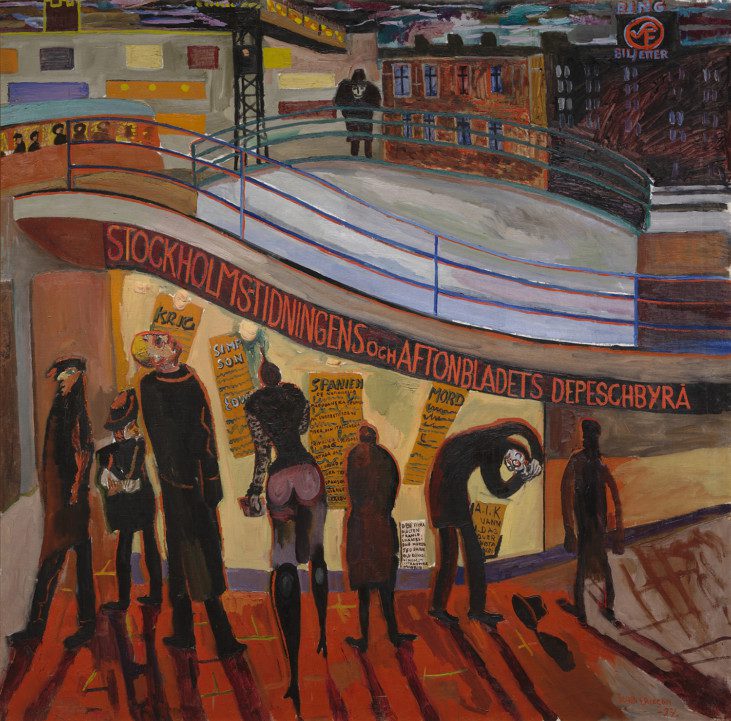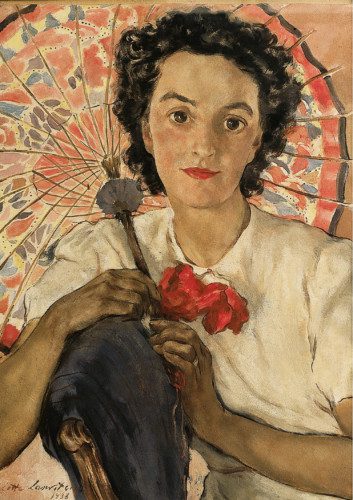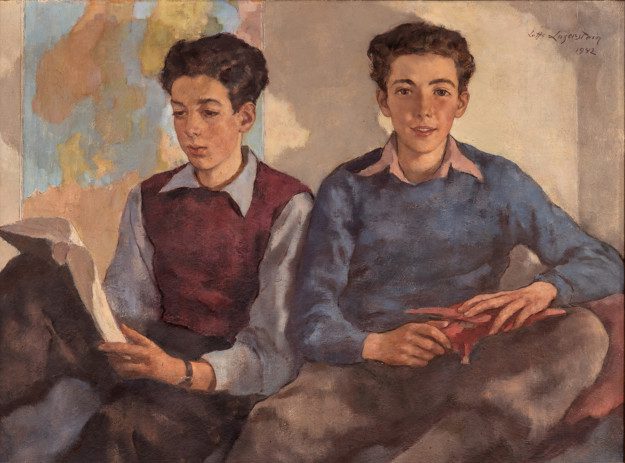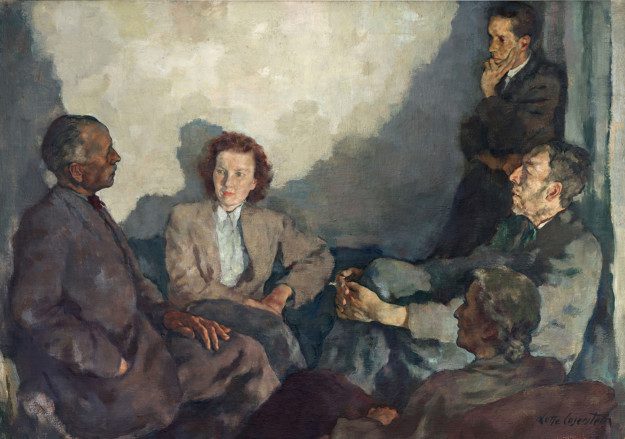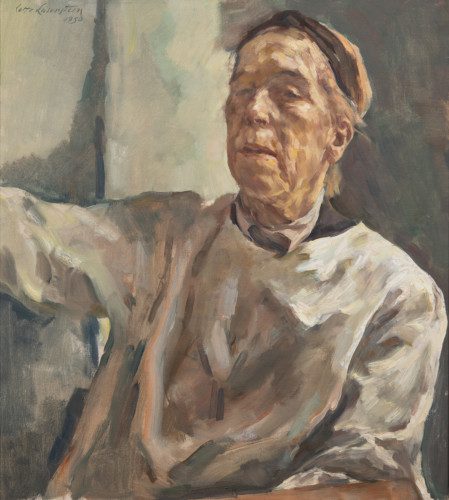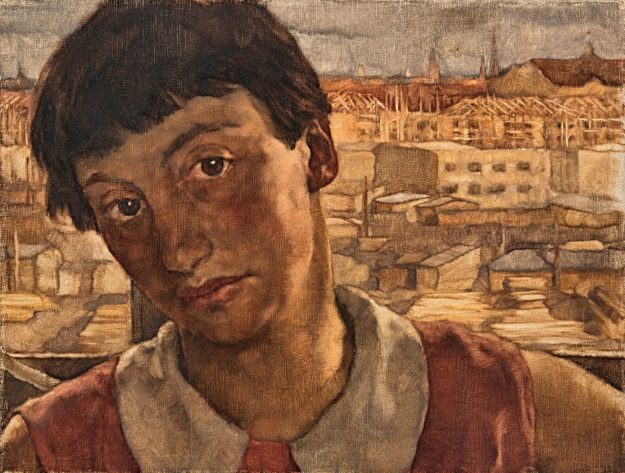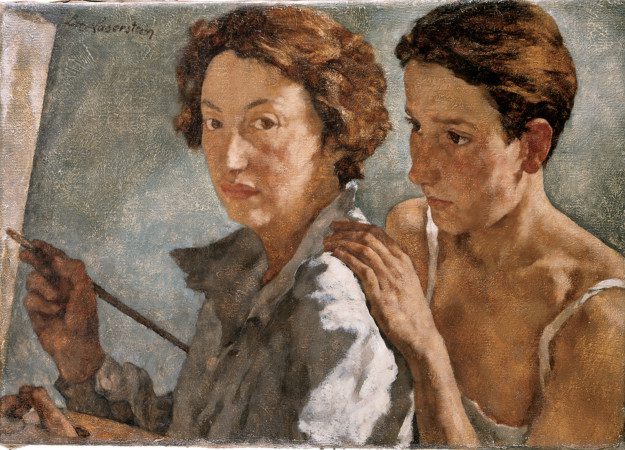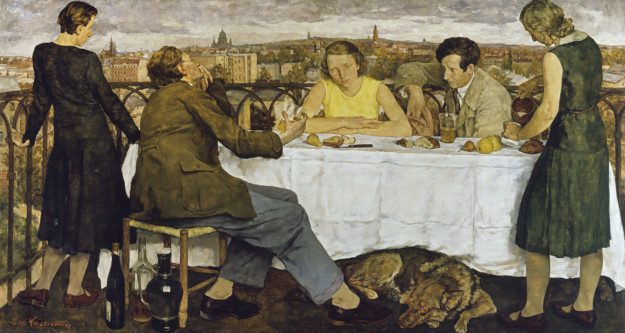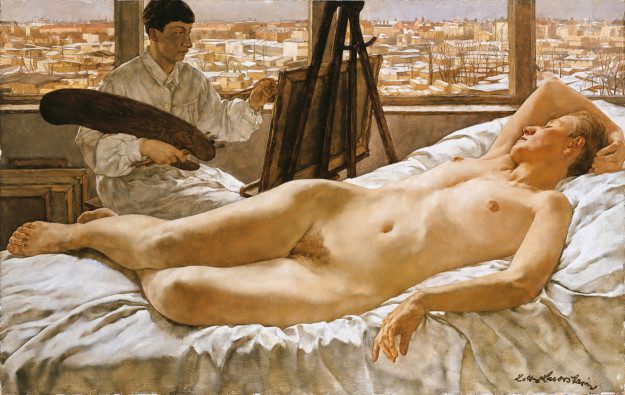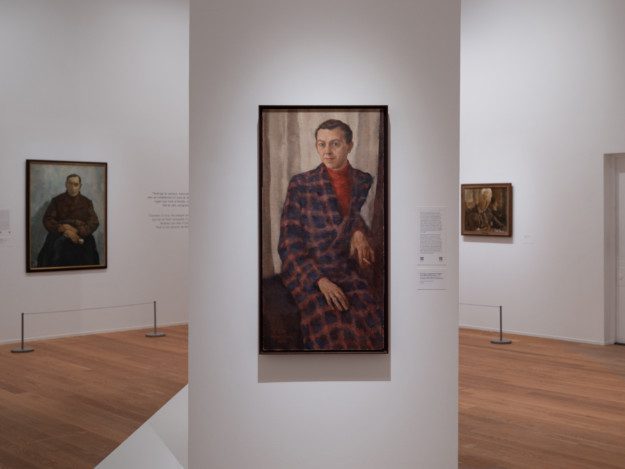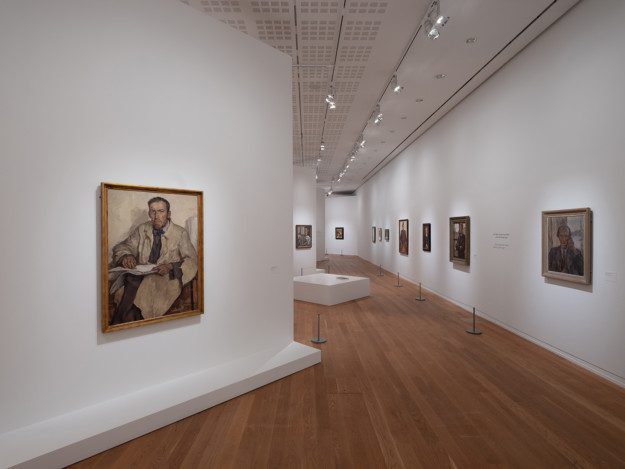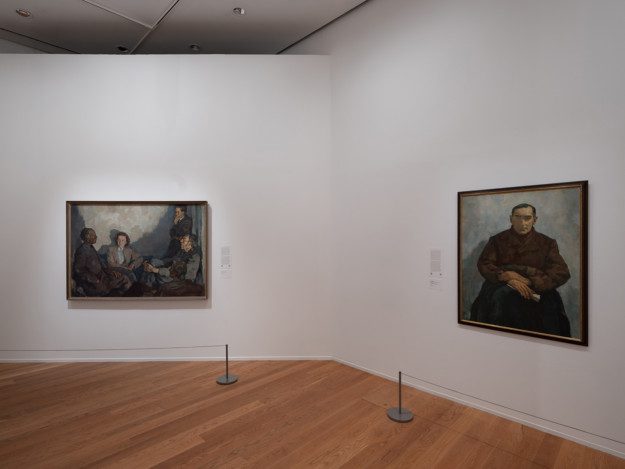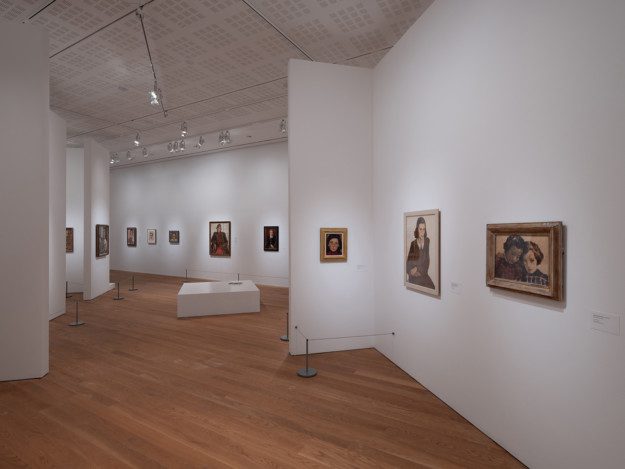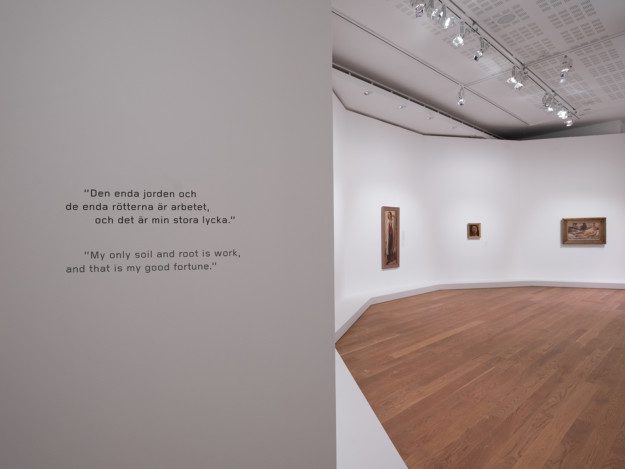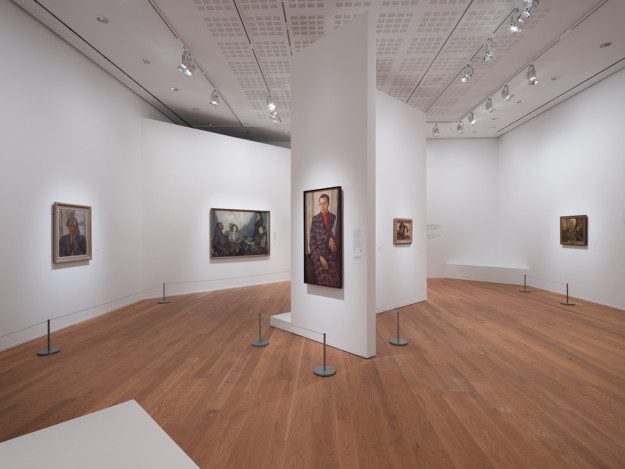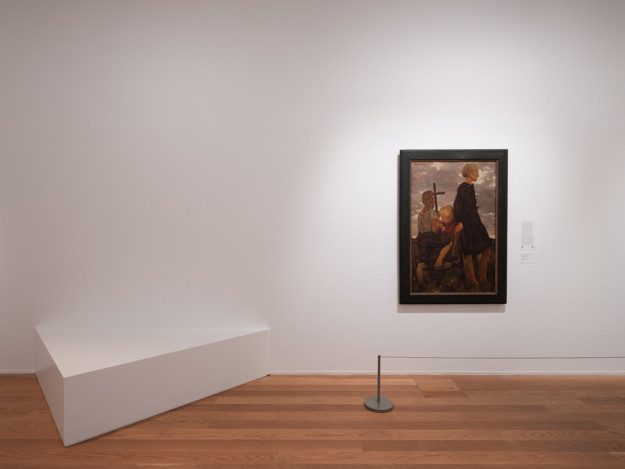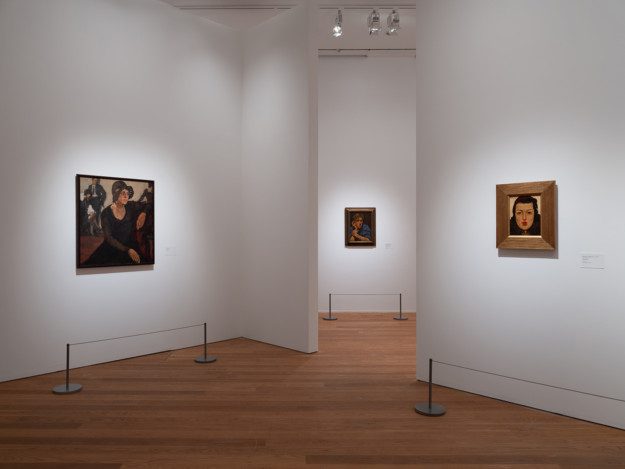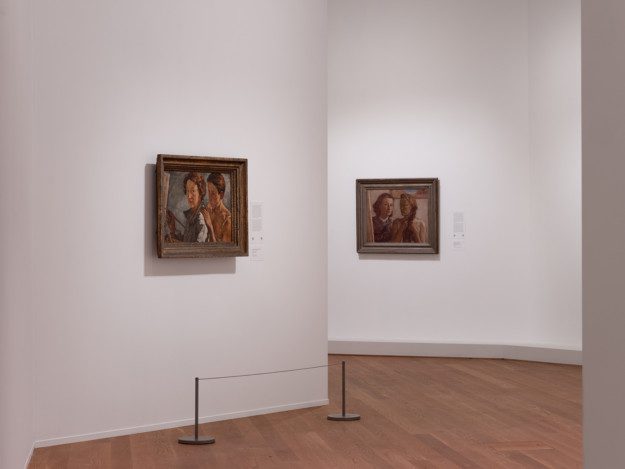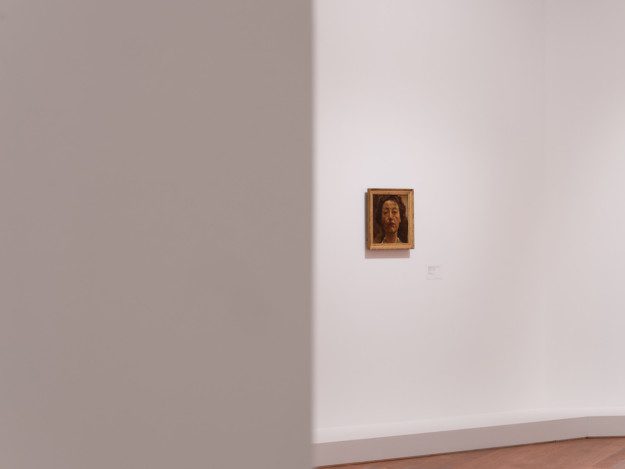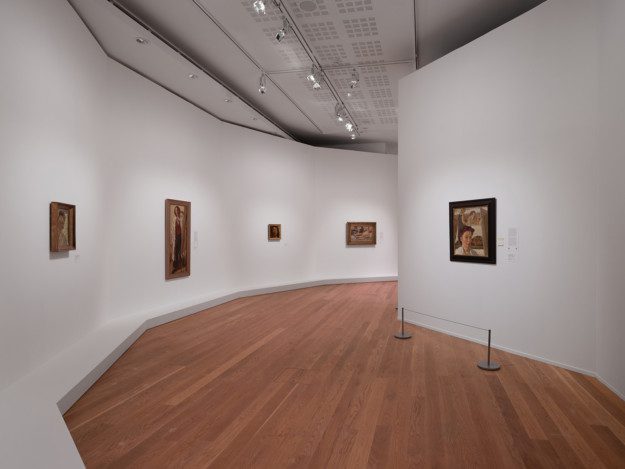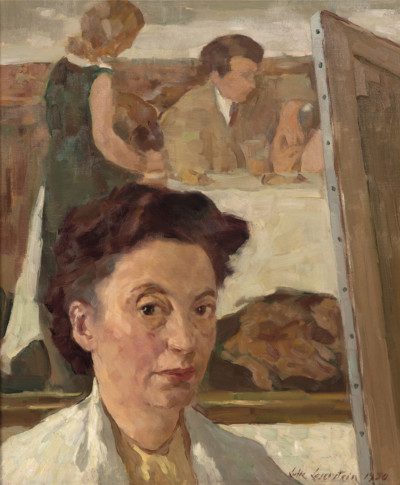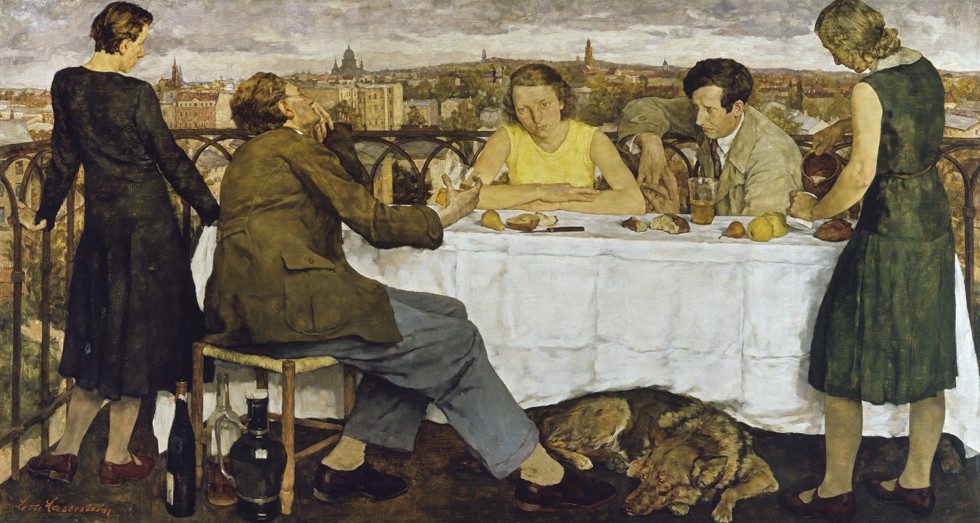
Lotte Laserstein, Evening over Potsdam, 1930 Staatliche Museen zu Berlin, Nationalgalerie © Lotte Laserstein Bildupphovsrätt 2023
Lotte Laserstein
A Divided Life
11.11 2023 – 14.4 2024
Stockholm
Lotte Laserstein (1898–1993) is one of the art world’s most exciting recent rediscoveries. Exhibitions of her work in Germany have attracted broad audiences eager to explore this long-forgotten artist and have established a place for her in the history of twentieth-century art. However, these shows focused primarily on Laserstein’s work from the 1920s to the beginning of the 1930s – the period before she was forced to leave Germany and emigrate to Sweden.
“A Divided Life” focuses as much on the multifaceted works she created in exile in Sweden as it does on those she made before leaving Germany.
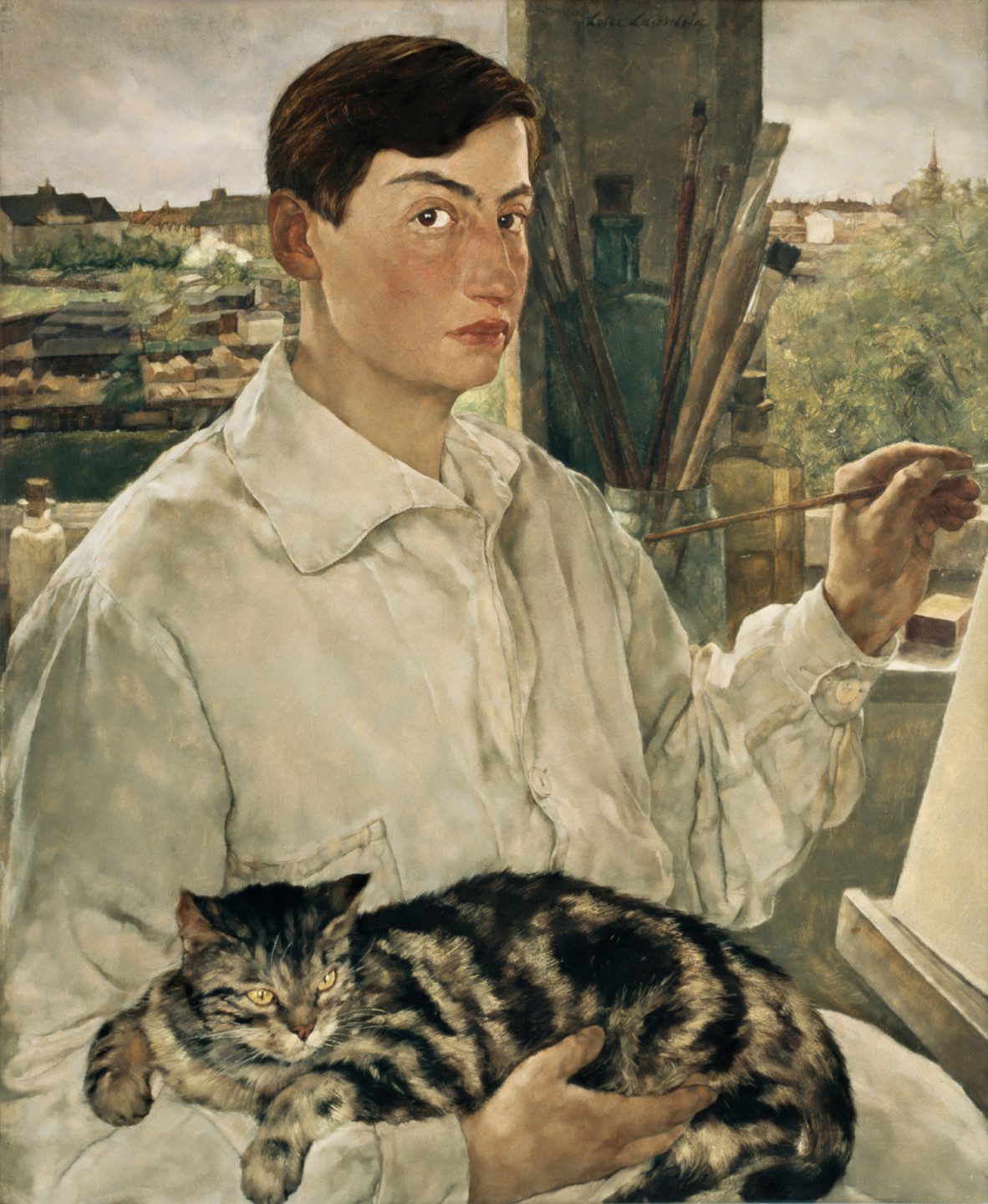
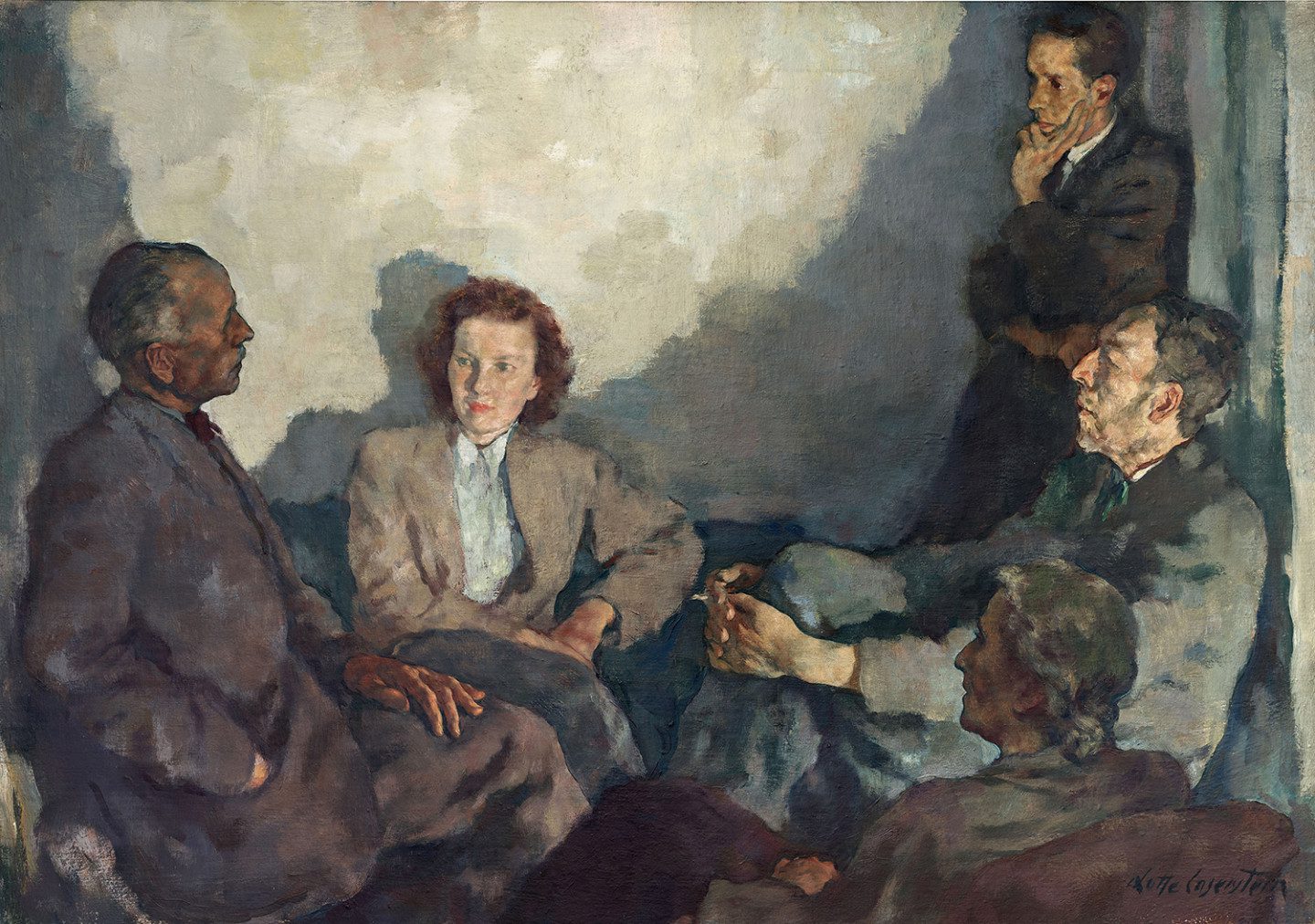
From Germany to Sweden
Lotte Laserstein’s career as an artist began in Berlin in the 1920s. After graduating from the Academy of Arts there in 1927 – as one of the first women to earn a degree – she quickly succeeded in making a name for herself in the city’s art scene.
The success predicted for Lotte Laserstein and ascribed to her by German art critics in the 1920s ended abruptly in 1933 when the Nazis seized power. As a Jew, Laserstein was increasingly excluded from the public art world.
Thanks to an invitation to show her work at the Galerie Moderne in Stockholm in 1937, she was able to get out of Germany with some of her most important works and come to Sweden, where she would spend the greater part of her working life. In Sweden, Laserstein was able to build a new life for herself as a portrait and landscape painter.
The first part of “A Divided Life” is devoted to the artist’s time in Berlin, with key works that illuminate her artistic beginnings and early successes in the Weimar Republic. The second part features Laserstein’s years in Sweden.
Lotte Laserstein described her life and her career with the words: “My escape to Sweden broke my life in two.” This division has shaped the structure of the exhibition.
“Through Lotte Laserstein’s representational commissioned portraits, expressive self-portraits, moving depictions of other immigrants, and landscapes and urban scenes, it is possible to discern what living in exile was like”, says the curators Iris Müller-Westermann and Anna-Carola Krausse, and continues:
Laserstein's Swedish work raises questions about what it means to lose one’s own cultural and social milieu and be forced to establish roots in a new society.
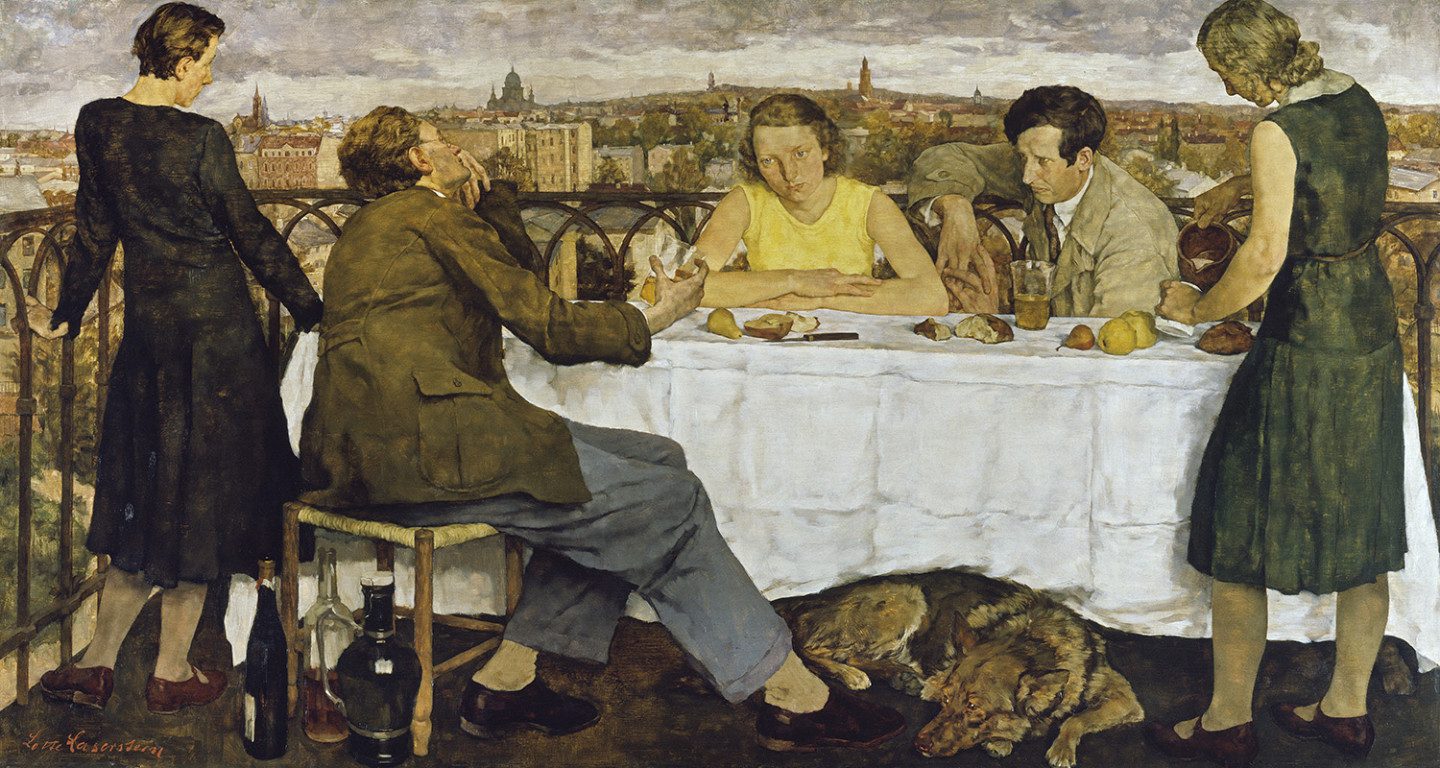
Evening Over Potsdam (1930)
The exhibition in Stockholm includes Lotte Laserstein’s large-scale masterpiece “Evening Over Potsdam”. The tableau of young people sitting on a balcony at twilight in pensive silence poignantly symbolises the social crisis and perplexity that marked the end of the Weimar Republic.
The genesis of the painting is well documented. The long wooden panel on which it is painted was first transported with Berlin’s suburban rail service to Potsdam, and from there by horse and cart to its destination at the home of acquaintances who had a large roof terrace with a view across Potsdam. The friends got together for the first sketches, but the background and the protracted labour of painting the portraits was done in the Berlin studio.
In Sweden Laserstein retitled it “Mina Vänner” (My Friends), as if in homage to what she had left behind.
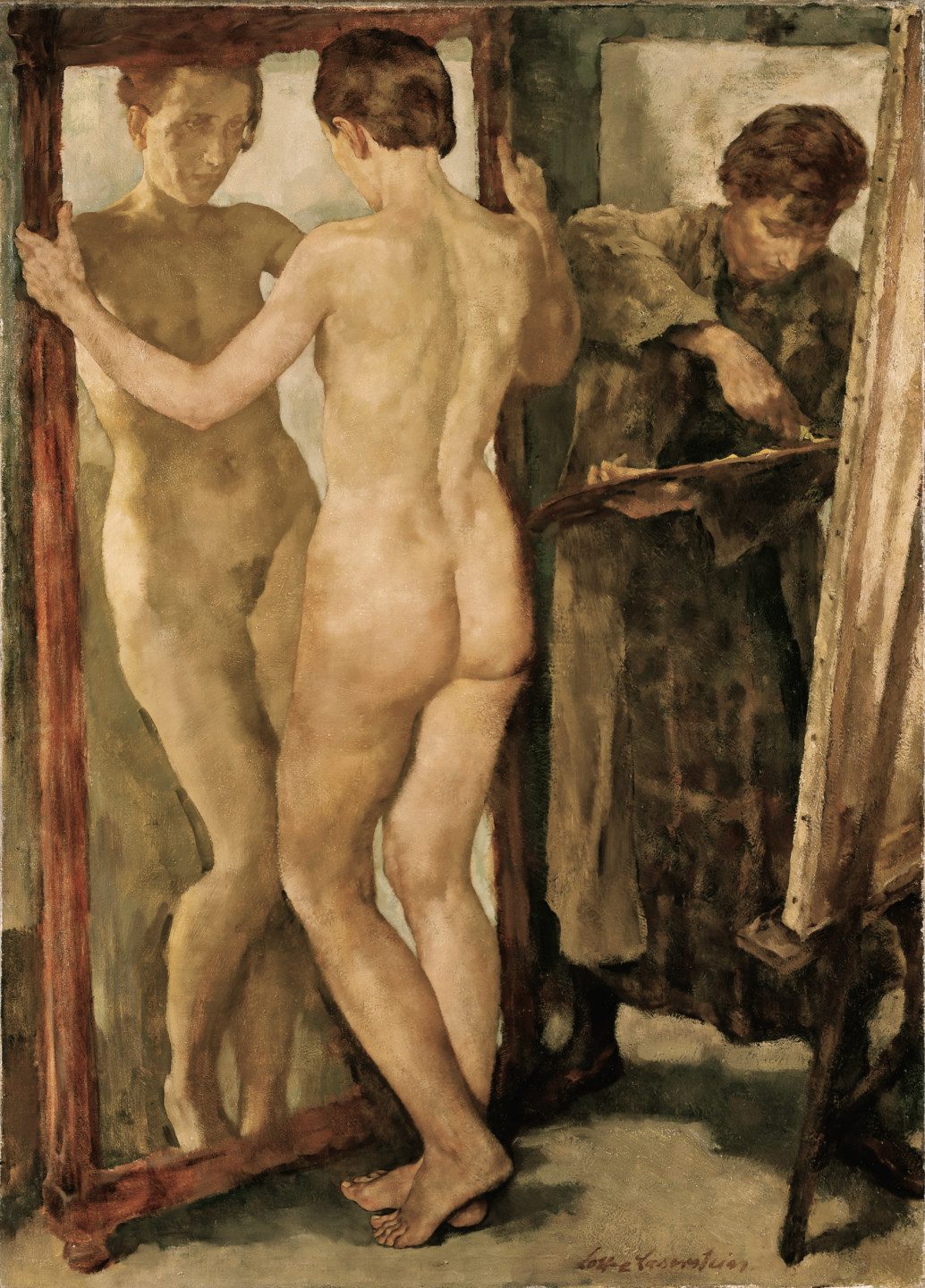
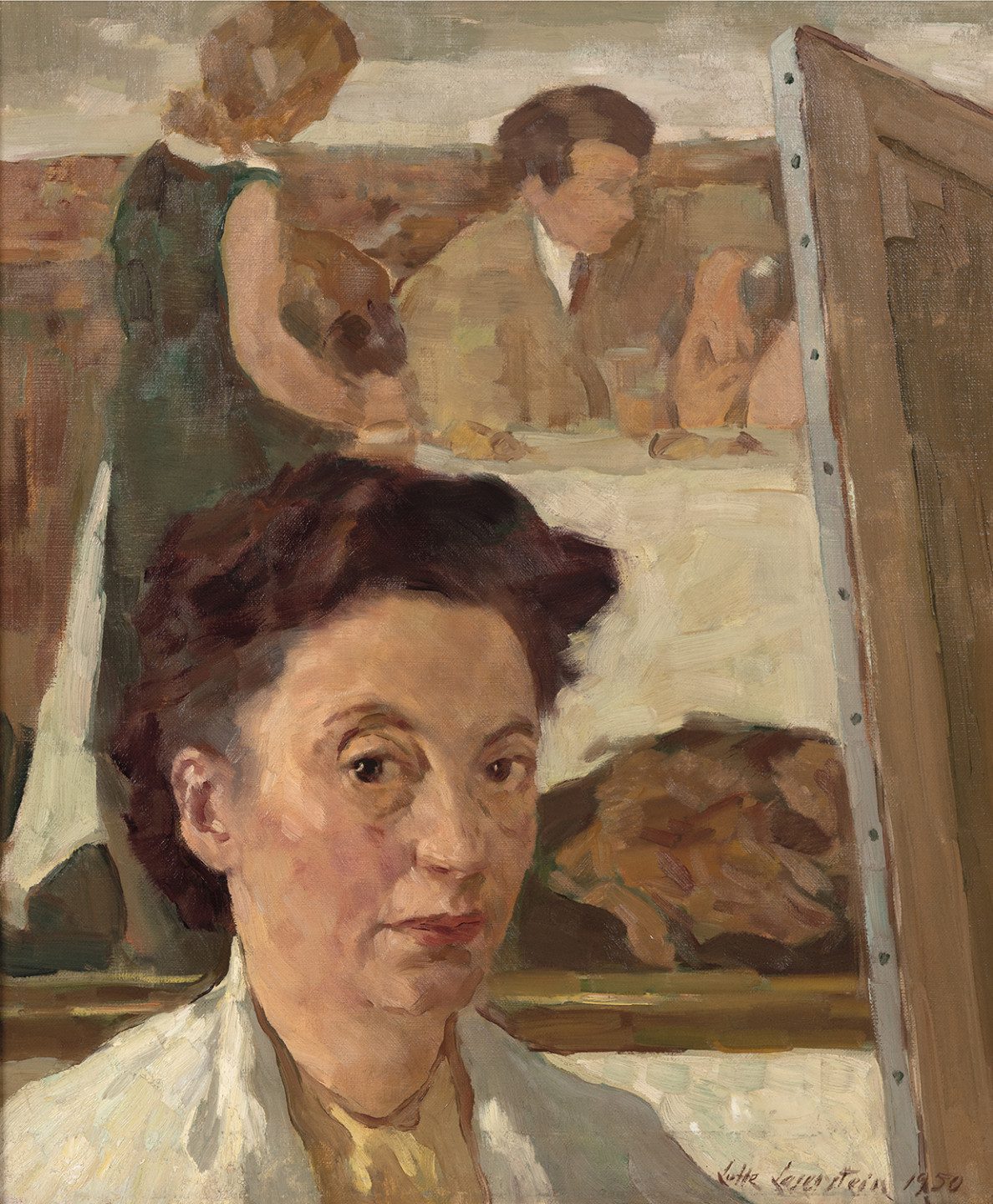
”Lotte Laserstein – A Divided Life” will be on view at Moderna Museet in Stockholm from 11 November through 14 April 2024.
Curators: Iris Müller-Westermann, formerly Museum Director of Moderna Museet Malmö and now Senior Curator at Moderna Museet in Stockholm, and Anna-Carola Krausse, an art historian and Laserstein expert based in Berlin.
Support for this exhibition is provided by the Barbro Osher Pro Suecia Foundation, and the Jacob Wallenberg Foundation and Mannheimer Swartling.
The Lotte Laserstein Exhibition Circle:
Veronica and Lars Bane
Charlotte Meyner and Henrik Persson
Marina Szugalski Klagsbrun and Harry Klagsbrun
Anonymous donors
Evening on the terrace
The German play “Evening over Potsdam” is based on artist Lotte Laserstein’s famous work of the same name. Meet the actors Odile …
Reading of a dramatic work
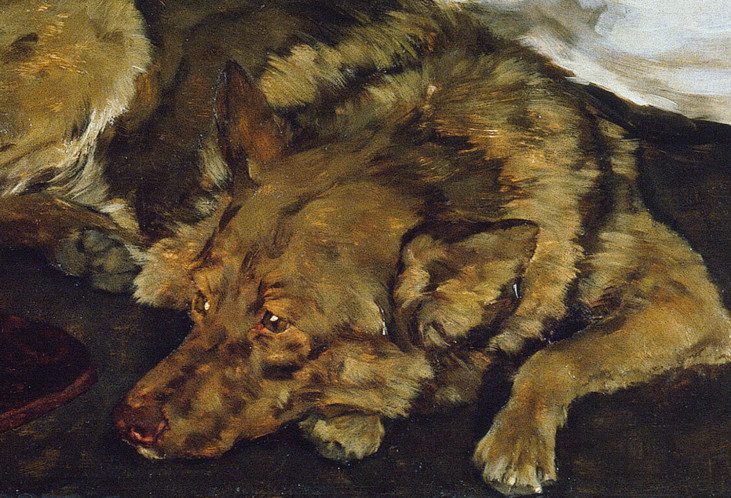
Exhibition Guide
In the Moderna Museet exhibition guide, you will find audio guides, texts and other material aimed at making the visit to the museum more accessible. …
Your guide to the museum
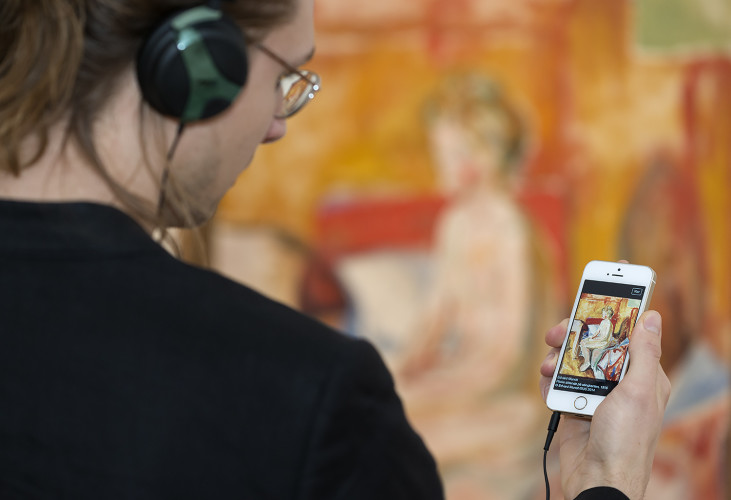
Annual Pass
The Annual Pass gives you free admission to all our exhibitions for a whole year. Buy your Annual Pass today and visit us as often as you want! …
Annual Pass
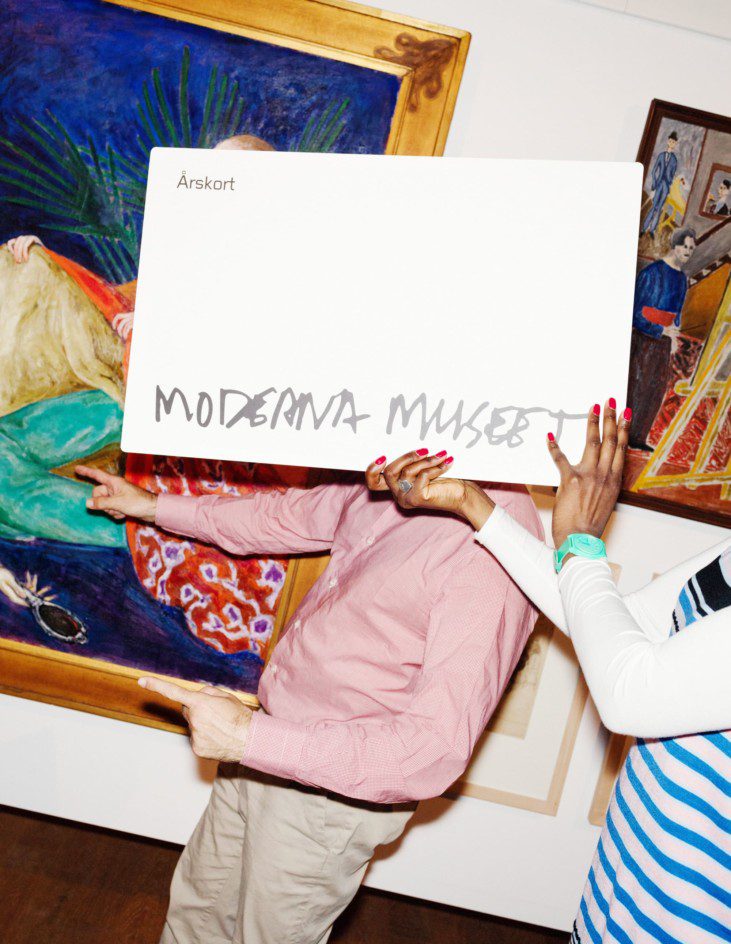
Newsletter
Subscribe to our newsletter! Get the latest news about Moderna Museet directly to you by e-mail. …
Newsletter
